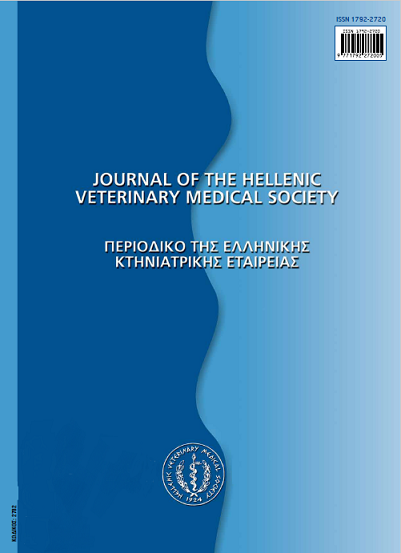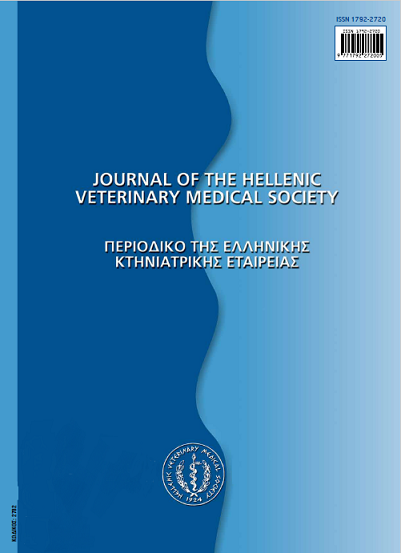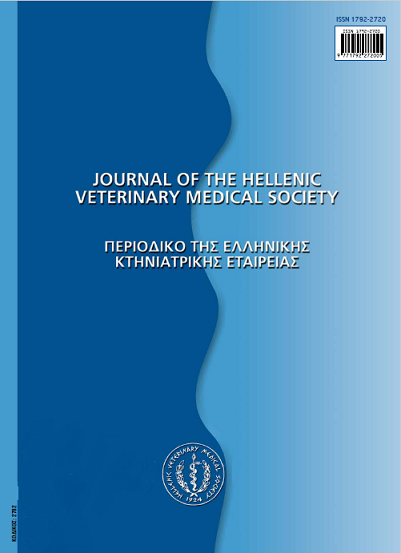Conditions of staphylococcal enterotoxin production in milk and milk products

Abstract
The authors reviewed the existing scientific data, concerning the ability of Staphylococcus aureus to grow and produce enterotoxins in milk and in dairy products particularly in cheeses. S. aureus can grow well in liquid raw or pasteurized milks and produce enterotoxins if the product is stored in favorable for the pathogen temperature. Cream also supports growth of S. aureus and enterotoxin production, but butter as well as fermented products like yogurt and buttermilk are not favorable substrates for the production of enterotoxins. Cheeses represent a complex environment, due to their great variety in processing technology and environment. Fresh cheeses, soft cheeses and semi-hard and hard cheeses can support growth of S. aureus during the first stages of production up to 48 hours. Normally, the pathogen, if it is present in the milk, will multiply for 3-4 logs and after that, when acidity develops, the populations of S. aureus decrease and usually disappear by the end of the ripening period. However, if enterotoxins are produced during the multiplication phase of the pathogen, it will remain active in the cheese for a long time. Internal mould ripened cheeses (e.g. blue cheese), pasta filata cheeses or the processed cheeses do not represent favorable substrates for the multiplication of S. aureus and enterotoxin production. On the contrary, whey cheeses form a very favorable environment for the enterotoxins' production, because of their high pH and the absence of antagonistic bacterial flora.
Article Details
- How to Cite
-
MANTIS (Α.Ι. ΜΑΝΤΗΣ) A. J., & PAPAGEORGIOU (Δ.Κ. ΠΑΠΑΓΕΩΡΓΙΟΥ) D. K. (2017). Conditions of staphylococcal enterotoxin production in milk and milk products. Journal of the Hellenic Veterinary Medical Society, 54(3), 242–252. https://doi.org/10.12681/jhvms.15267
- Issue
- Vol. 54 No. 3 (2003)
- Section
- Review Articles
Authors who publish with this journal agree to the following terms:
· Authors retain copyright and grant the journal right of first publication with the work simultaneously licensed under a Creative Commons Attribution Non-Commercial License that allows others to share the work with an acknowledgement of the work's authorship and initial publication in this journal.
· Authors are able to enter into separate, additional contractual arrangements for the non-exclusive distribution of the journal's published version of the work (e.g. post it to an institutional repository or publish it in a book), with an acknowledgement of its initial publication in this journal.
· Authors are permitted and encouraged to post their work online (preferably in institutional repositories or on their website) prior to and during the submission process, as it can lead to productive exchanges, as well as earlier and greater citation of published work.




